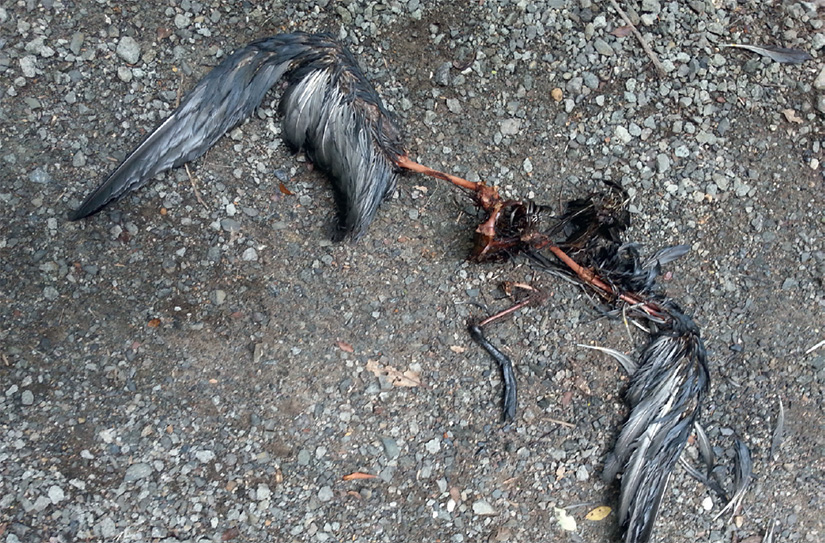Bugger!
In early autumn I made the trek into Windy Canyon at the top of the road between Claris and Port Fitzroy on Aotea/Great Barrier Island.
I lay on my stomach and peered into the depths of a black petrel burrow. There was a shuffling of feathers, dark eyes and the hooked beak of a juvenile taiko.
In spring the chick’s parents would have returned from South American waters. The male first, to clean the burrow, then his mate, reassuring her he was again a fit suitor.
Their egg would have been laid in early summer, followed by alternating incubation shifts. Adult taiko feed day and night, capable of diving more than 30 metres to catch bait fish and squid.
Being close to a nesting black petrel is a moving experience and familiar to a growing list of the long line skippers who fish the Gulf for snapper and bluenose.
Scientist Biz Bell welcomes their assistance, instructing them on how to reach in burrows with leather gloves, retrieve eggs and chicks for measuring to assess the health of the population. She knows their interest, knowledge and support is vital because accidental capture on long line hooks has been identified as the main threat to the black petrel’s survival.
Extrapolation of data from observers on fishing boats indicates the accidental capture rate may be as much as 14 times higher than the population of 2700 breeding pairs can sustain. Alarm bells started ringing several years ago and “seabird smart” fishing practices are now almost universally employed by the 50-odd long-line boats fishing the wider Gulf area.
But hooks are not the only dangers faced by black petrels. Once widespread from the top of the South Island to the tip of the North, predators – particularly stoats – have caused their extinction everywhere except on Aotea/Great Barrier and neighbouring Te Hauturu-o- Toi/Little Barrier, where there is a small satellite colony.
Biz Bell says the main colony around Mt Hirakimata this year is in pretty good shape with a 70 percent success rate among her 422 study burrows.
But the chick that opened my eyes to the black petrel story will not be among those currently scrambling to a take-off rock for their inaugural flight. It was found in pieces recently, eaten by a feral cat, despite intensive trapping in the area.
“Every bird counts” must be our attitude if we are to continue to marvel at the presence of black petrels in the Gulf.
We need to be seabird smart in all aspects of our operations on land and water.
Bugger is an expletive we can’t afford to hear in the company of these remarkable birds.


